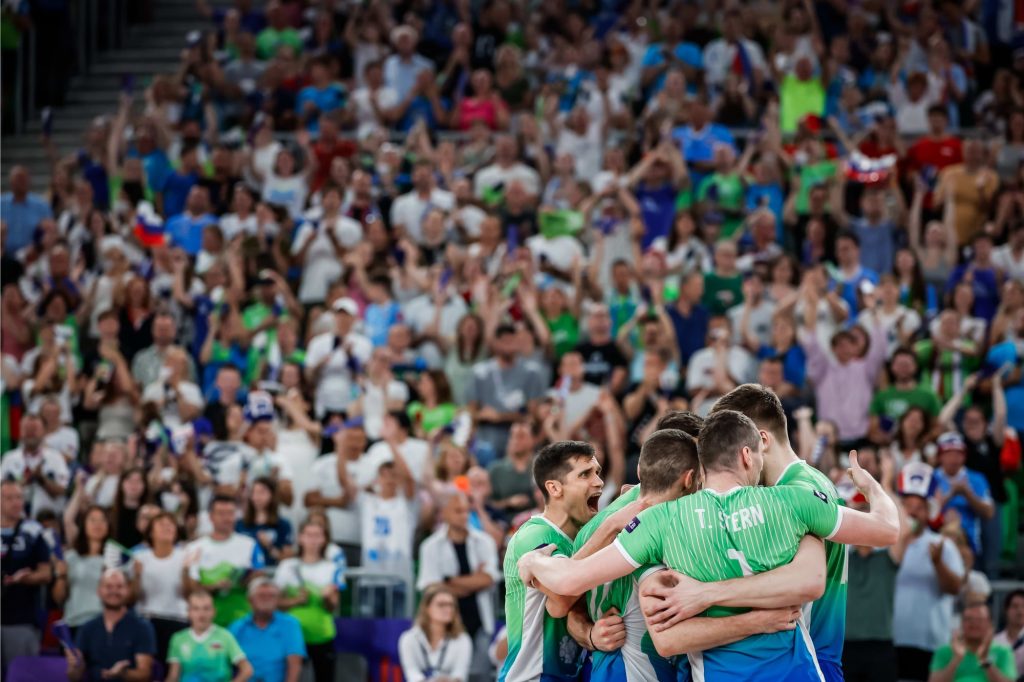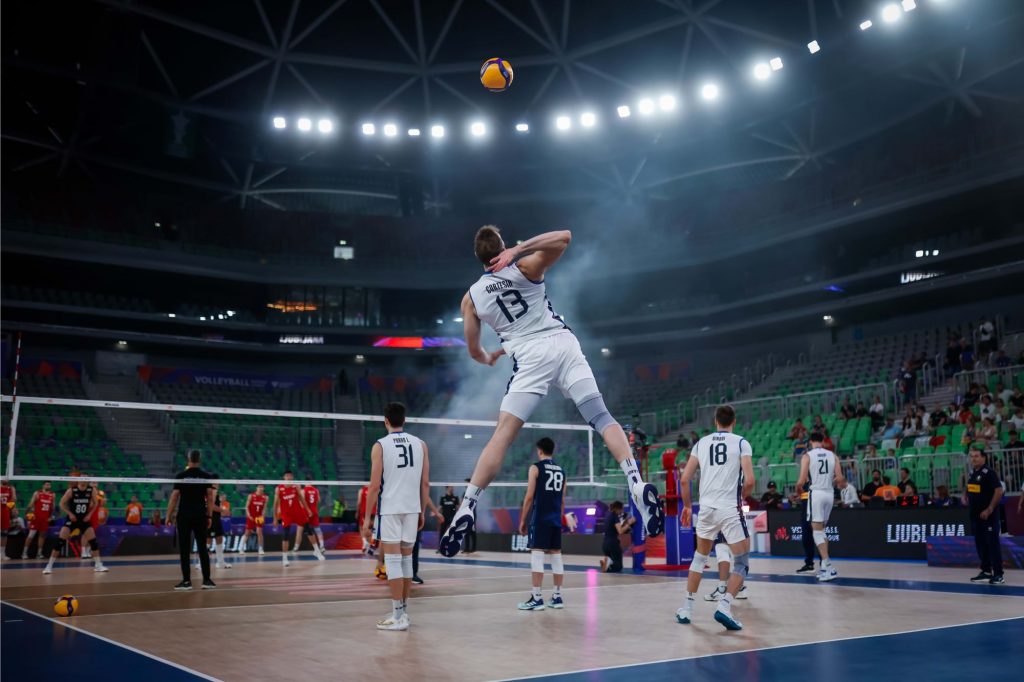
The 2024 editions of the Men’s and Women’s Volleyball Nations League (VNL) have shattered previous attendance records, signaling a new era for the sport. With total group stage attendance reaching 751,000, a 13% increase from the previous year and 33% from 2022, the figures are undeniably impressive. The women’s final tournament saw a staggering 41% rise in attendance, while the men’s finals experienced a 9% boost. All tickets for home matches in Antalya (women), Fukuoka (women and men), and Hong Kong (women) were sold out, indicating a robust local support base.
Moreover, the viewership on the official channel of the International Volleyball Federation, VBTV, surged by 21%. The gender distribution of viewers was notably balanced, with 53.6% women and 46.4% men. The women’s final between Italy and Japan became the most-watched game of the year, setting a new VBTV record with a 38% increase in viewership, and surpassing the previous record for a women’s game by an astonishing 103%.
However, these statistics, as impressive as they are, don’t entirely capture the on-ground reality of the tournament’s atmosphere. While a high number of matches throughout the preliminary and final phases might suggest larger audiences, the true ambiance during the games tells a different story. Enthusiasts are undoubtedly pleased with the growing interest and viewership, but the experience at the arenas varied significantly.
The tournament’s organization, production, and overall event management were executed at the highest levels, providing a spectacular experience for spectators. Yet, the question remains: Can a crowded schedule of multiple matches in the same city and venue in a single day offer the vibrant atmosphere these statistics suggest?
For instance, the recent men’s VNL preliminary round in Ljubljana showcased an electrifying atmosphere during the home team Slovenia’s matches. Yet, earlier matches of the day, featuring top-tier and attractive teams, often saw empty stands and a subdued environment. The final match of the day, usually featuring the home team, masked the low attendance and almost somber ambiance of earlier games.

In today’s era, where online visibility is crucial, there’s a strong case to be made for prioritizing the live experience in the arenas. Emulating other sports, ensuring that spectators at the venue have a fantastic experience should be a top priority. Enhancing the in-person experience, alongside the already elevated organizational, production, and marketing standards set by Volleyball World and FIVB, could lead to consistently packed arenas and the kind of thrilling atmosphere witnessed during the VNL finals.
How can this be achieved? This question undoubtedly warrants a broader debate and discussion. One potential solution is a change in the competition model, allowing all participating volleyball nations to play in front of their home fans. This would not only boost local attendance but also create live role models and centers of excitement when their national teams play. Beyond impressive numbers, this approach could foster the emergence of new volleyball stars, akin to legends like Giba, Michieletto, Bruno, Simon, Kurek, Leon, Egonu, Boskovic, Vargas and others.
In conclusion, while the numbers reflect a growing interest and expanding audience for the VNL, ensuring a vibrant and engaging live experience is essential for the sport’s continued growth. Balancing online visibility with a compelling in-person experience could be the key to sustaining and amplifying volleyball’s global appeal.